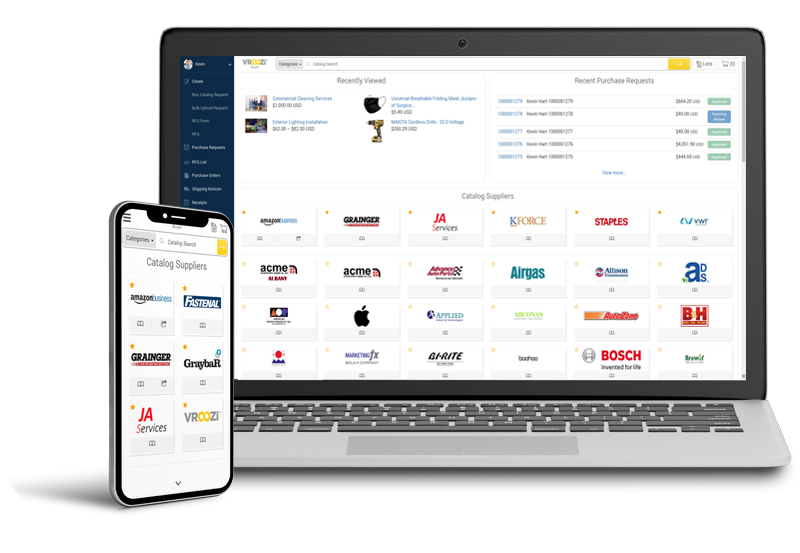AI is emerging on the procurement scene at the perfect time. High costs and recession worries are causing finance teams to turn inward and examine their internal processes. As companies shine a light on their manual procure-to-pay (P2P) processes, it’s revealing several common challenges that are draining productivity and money:
Inefficient Invoice and PO Management
Matching invoices to purchase orders (POs) can eat away hours from an employee’s day. If you rely on manual processes, you need to match invoice line items to PO line items and resolve discrepancies. All it takes is a single incorrect price or quantity, and you may need to stop what you’re doing to fix the issue. That distracts from more strategic work, such as finding ways to avoid layoffs or lower costs.
Manual Entry Errors
Every time an employee touches an invoice or PO, types in data, or adjusts documents, the risk of errors increases. Unfortunately, most procurement and AP teams have to spend hours manually coding purchase requisitions, purchase orders, and invoices. You may even dedicate an end-of-day check to ensure invoices line up with accounting. These manual checks take up time.
Another massive headache resulting from manual processes is assigning purchases to the right spend category. Too often, spending under a catch-all category, such as “999-Misc,” piles up. In turn, procurement’s spend visibility is blocked because large chunks of spending show up under a generic, nondescript, or inaccurate category.
Extra Work
Manual tasks—such as creating POs or uploading invoice information into your enterprise resource planning (ERP) system—can cut into your work day. And every second you spend on manual tasks distracts from more strategic work.
Procurement Fraud
Manual work and limited spend visibility can leave procurement fraud undetected. As procurement scrambles to address manual tasks, scammers can create false invoices, or suppliers may accidentally drop extra charges into invoices. Fraud can cause a company to quietly hemorrhage money.
Poor Services Spend Management
Services spend is a hassle to manage manually. Service costs are difficult to predict and can change as a project’s scope shifts. That often forces teams to manually fix mismatching documents, risking more errors, payment delays, and accounting setbacks.

.png?width=551&height=708&name=unnamed%20(1).png)

